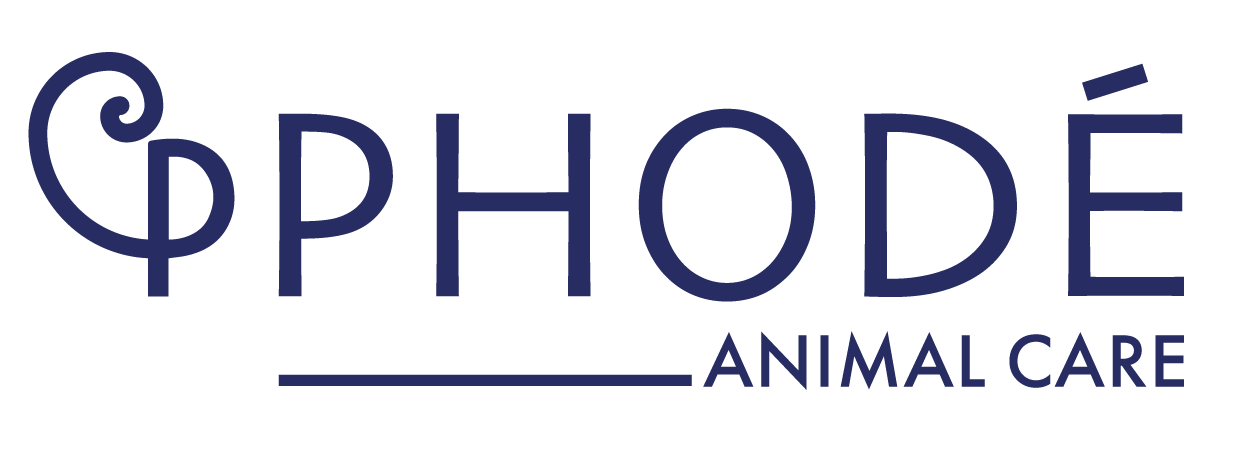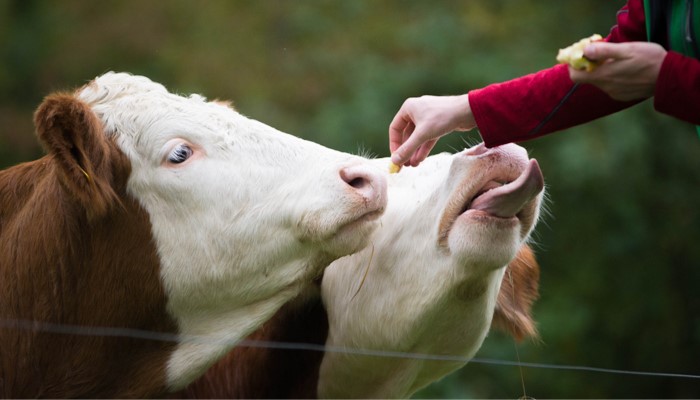Do livestock take pleasure from eating? Is this just a fad, linked to anthropomorphism and the social notion of eating? Can the pleasure of eating improve the performance of livestock?
Livestock: is the pleasure of eating applicable to animals
There are probably as many definitions as there are people, but certain characteristics emerge regularly: the meal must taste good, smell good, look good on the plate, be accompanied by the company of family and friends (although some people have found the key to enjoying their meal being alone). In fact, on closer inspection, two main categories emerge: the physiology of the body (taste and smells) and a social scale (the people around, the presentation of the dish).
Physiology of taste, smell and pleasure
How do we experience tastes and smells?
By means of taste and smell receptors. And these receptors are also present in livestock! What are these receptors used for? At the origin of the origin… to identify feeds that are good for the body and avoid toxic feeds, in an innate way but not only. By their mechanisms – they are linked to the brain – they can help to establish a better feed consumption, and therefore better performance afterwards.
Taste area
There are about 7,000 taste receptors in the human mouth. Humans are well equipped with taste receptors and can perceive and appreciate all the flavours in a dish. What about a cow? 25,000 receptors. A pig, a goat? 20,000 receptors. Livestock have taste! But what is taste anyway? Taste has 4 dimensions:
- the savours (five in number)
- the trigeminal sensitivity to sense the spicy/burning/astringent/sparkling…
- somesthesia for all tactile and proprioceptive sensations (pressure, consistency)
- and finally, the retro-olfaction to perceive the flavours of any food: volatile molecules, released during chewing, coming from the mouth and perceived by the olfactory epithelium!
Yes, olfaction is involved in the taste of food!
Smell area
Olfaction is THE first step between a living being and its feed. Olfaction is even a science that consists in understanding the characteristics of the different volatile molecules, their degrees of volatility, their resistance in each environment, their power of attraction or not, their detection thresholds, their repulsion thresholds, their effects on the brain (attracting, activation of the pleasure centre or other…)
How are odours detected?
Only through the mucous membrane of the nasal cavity. Humans have about 9 cm² of olfactory epithelium, neck and neck with birds who have 5 cm². Far ahead of them are ruminants and pigs with about 100 cm²!
Finally, animals are much better equipped than humans to taste and smell their feed, and to appreciate or not its aromatic profile.
What about pleasure in this physiology?
The olfactory and gustatory receptors are obviously linked to the brain and are a channel for activating the pleasure centre in the brain. The brain responds positively in an innate way to very specific olfactory and gustatory compounds that activate the pleasure centre. To convey these nuclei and allow them to be identified by the right receptors, there is nothing better than a flavouring, which will also reinforce the action of the pleasure centre by offering the animal a feed with an attractive olfactory and gustatory profile whatever the conditions. As the feed is already selected for livestock, it is of interest to provide through the feed the components that can activate this pleasure centre: to maintain good feed performance while improving animal welfare.
How does the pleasure of eating affect performance in livestock?
The organs of olfaction are connected to:
- nerve centres which will cause innate behaviour,
- memory, which will initiate learned behaviour.
These stimuli do not need to be consciously perceived to act. This is why those who master this subliminal language also master animal behaviour and welfare.
Activating the pleasure centre of the brain via the feed not only gives the animal well-being, but also reassurance. Although breeding conditions are constantly being adapted to improve animal welfare and limit stress factors, they do not completely eliminate the drop in feed intake that is directly linked to them and has a negative impact on performance: feed transitions, weaning, dry period, etc. Reassuring the animal with a feed that activates its pleasure centre helps to build loyalty to the feed. The direct consequence is a better consumption of the feed and therefore a better appreciation of the feed.
The pleasure of eating for livestosk is a reality and has a beneficial effect on the consumption of animals. Using this pleasure of eating in animals by activating the brain’s pleasure centre, via specifically selected aromatic nuclei that are perceived by olfactory and gustatory receptors and recognised positively, allows for secured feod consumption and therefore a better valued feod. This feed, which, let us remember, is the basis of the performance of the breeding.













